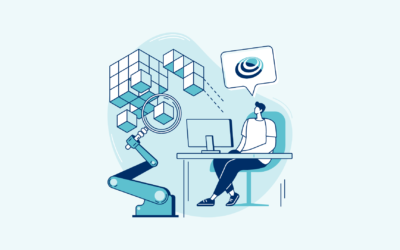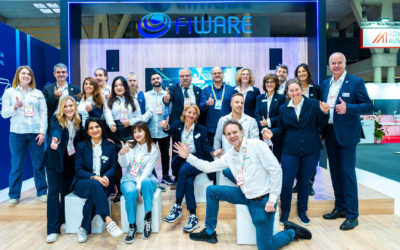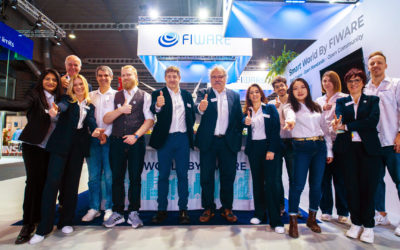FogFlow is a cloud-edge computing framework for IoT that orchestrates dynamic data processing flows over context data. It has been a busy six months for Bin Cheng and his team at NEC and since the previous release of Fogflow back in October, there have been many major changes and we think it is worthwhile highlighting some of them for your consideration when you are thinking of expanding the architecture of your smart solution to work at the edge.
As well as the older NGSI-v2 interface, FogFlow now fully supports interactions with NGSI-LD brokers such as Scorpio and includes templates for NSGI-LD Fog functions. Furthermore, it is possible to architect such interactions seamlessly using Kubernetes – support for k3s is in the pipeline.
In a nutshell, FogFlow enables a serverless edge computing model, meaning that developers can define and submit a so-called fog function, and then all additional operations such as when to trigger and functions and what to deploy are controlled by FogFlow automatically. This positions Fogflow as a useful tool extending solutions to machine learning services for example.
It’s a very flexible but complex tool, so the good news is that all this new functionality is fully supported by a new NGSI-LD tutorial and a complete rewrite of the tutorial for NGSI-v2. Furthermore, a new series of integration-specific tutorials are also available for interactions between Fogflow+QuantumLeap, Fogflow+Grafana, Fogflow+Security, and Fogflow+Wirecloud.



